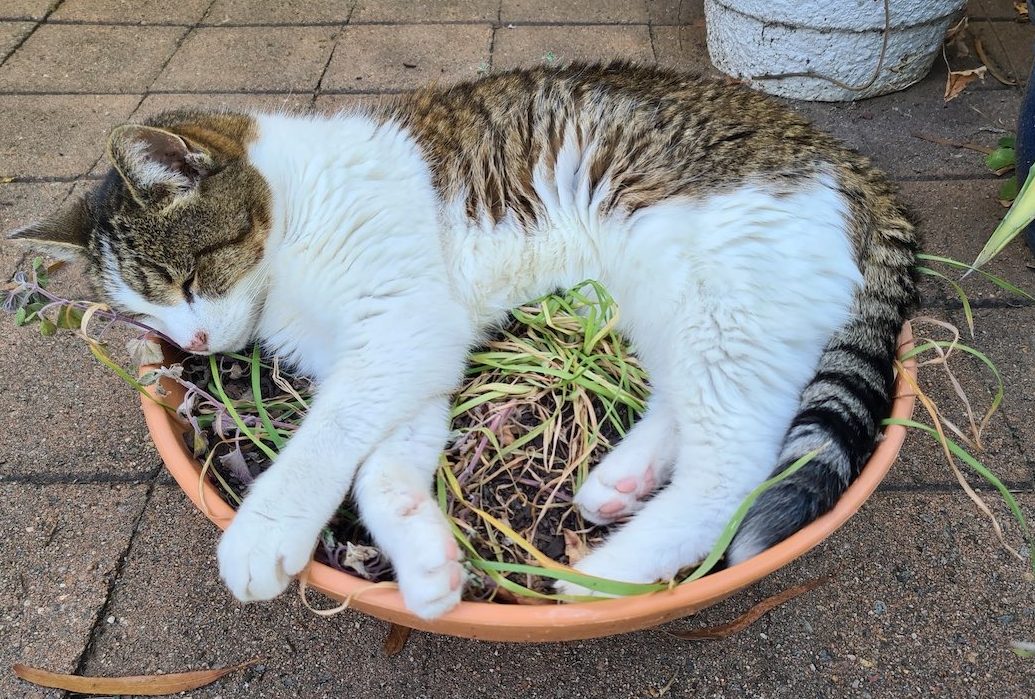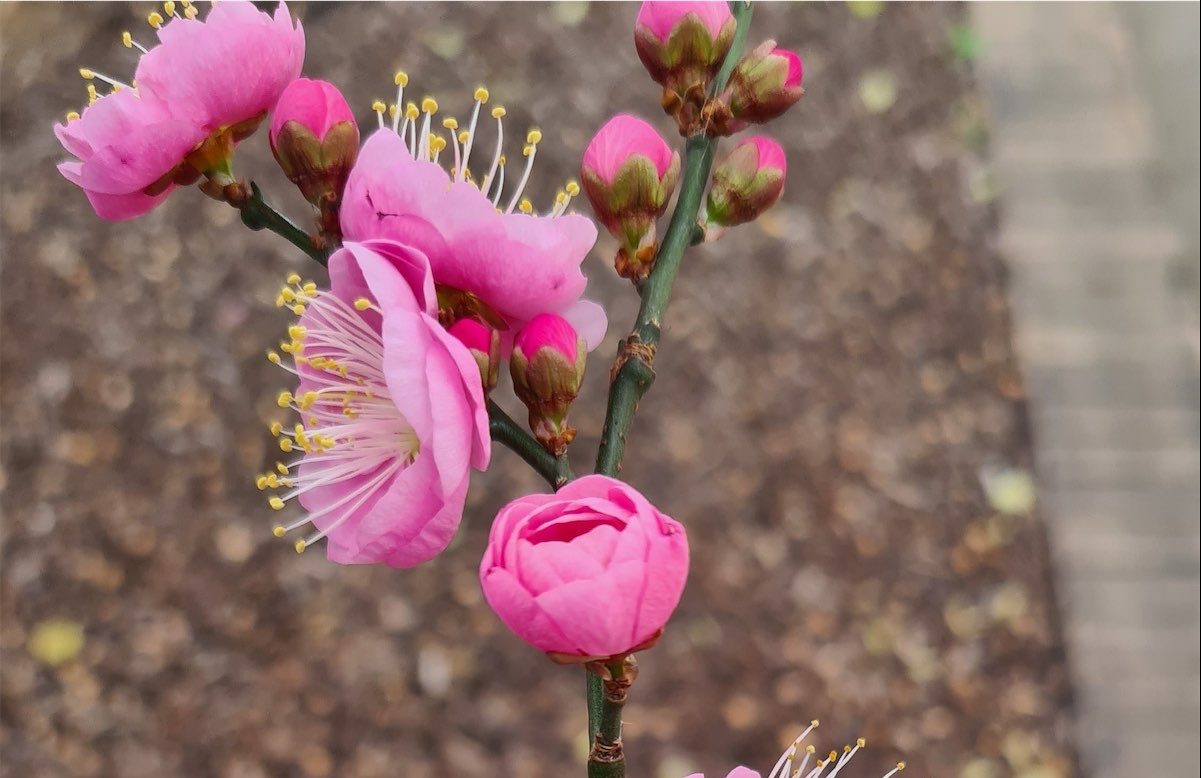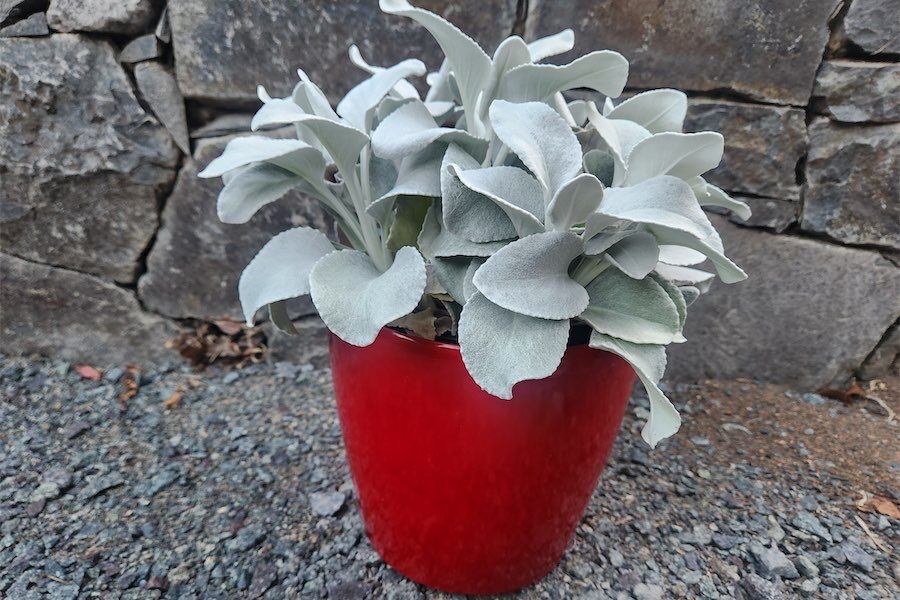
It can be challenging for pet owners to know which plants are poisonous and which are safe for pets, writes gardening columnist JACKIE WARBURTON.
MANY familiar household plants are toxic to cats and dogs, such as philodendrons, lilies and even aloe vera. There are also many outdoor plants, such as rhododendrons, grapes and tomato plants, that are toxic to pets.

If pets are eating plants, they could be tasty to them or they are bored. Keeping pets busy can discourage eating plants, and keeping plants out of reach is the best solution.
Unfortunately, potting mix can be used by cats as a natural product to use instead of a litter tray. Dogs also need to be discouraged from ingesting potting mix as it could make them unwell.
There are many plant options to choose from for indoor pets that are non-toxic, and easy-care. The first ones to look for are spider plants, parlour palms and ferns.
Indoor cats could benefit from a bowl planted with catmint, catnip and cat grass. Cats adore catnip, although it can trigger strange behaviour spells. Cat grass is easy to grow in shallow bowls and although not a dietary requirement, it’s a source of environmental enrichment for cats who enjoy eating it.
There are many dog-friendly plants to choose for the garden. Start with rosemary, camellias and magnolias, but most of all dogs love a patch of grass outdoors and somewhere to run.

RIGHT now, around Canberra, there are buds starting to swell on a variety of bare, deciduous trees. They are prunus trees, flowering apricots and almond trees. Apricots (Prunus mume) flower in the coldest winter months and are not bothered by frost. They most commonly have pink flowers, but a white-flowering “Alboplena” is also available.
Flowering apricot is a long-lived tree and can be used for shade. It grows to about six metres.
The flowering almond (Prunus triloba) is a multi-stemmed tree and will sulk when pruned, so give them room to grow to have a natural open canopy with minimal pruning.
Apricots and almonds need full sun and a good amount of potash in spring to improve water retention and encourage strong flower development.
When planting, choose a space that has some protection from winds and build up the soil with good, rich, organic matter over winter. Plant the tree in late winter or early spring.
Further into the late-winter season, the plum and cherry trees will start to flower. A well-designed garden can have blossom trees from July to October.
Some ornamental cherries and plums have brilliant double flowers and weeping prunus trees are one of the showiest spring flowering trees.
One that does well in our climate is prunus “Snow Fountains” with long, cascading branches and leaves in the summer that are glossy and have lovely yellow-orange colour in the autumn.
If there’s space, a mass planting of cherry trees can look spectacular.
There are still some delightful groves of prunus trees around Canberra that let us know spring is around the corner.
The flowers attract bees and pollinators to the garden in early spring. Prunus tree pruning can be done after flowering when the weather has warmed, and the sap is flowing throughout the tree. Never prune plums or cherries in the winter.
A smaller tree is an “Oakville Crimson Spire” (Prunus cerasifera).
Jottings
- Look out for flowering camellias and plant them when the worst of the frost is over.
- Liquid feed cyclamens or any annuals in the garden.
- Plant deciduous shrubs, fruit trees and vines.
Who can be trusted?
In a world of spin and confusion, there’s never been a more important time to support independent journalism in Canberra.
If you trust our work online and want to enforce the power of independent voices, I invite you to make a small contribution.
Every dollar of support is invested back into our journalism to help keep citynews.com.au strong and free.
Thank you,
Ian Meikle, editor





Leave a Reply